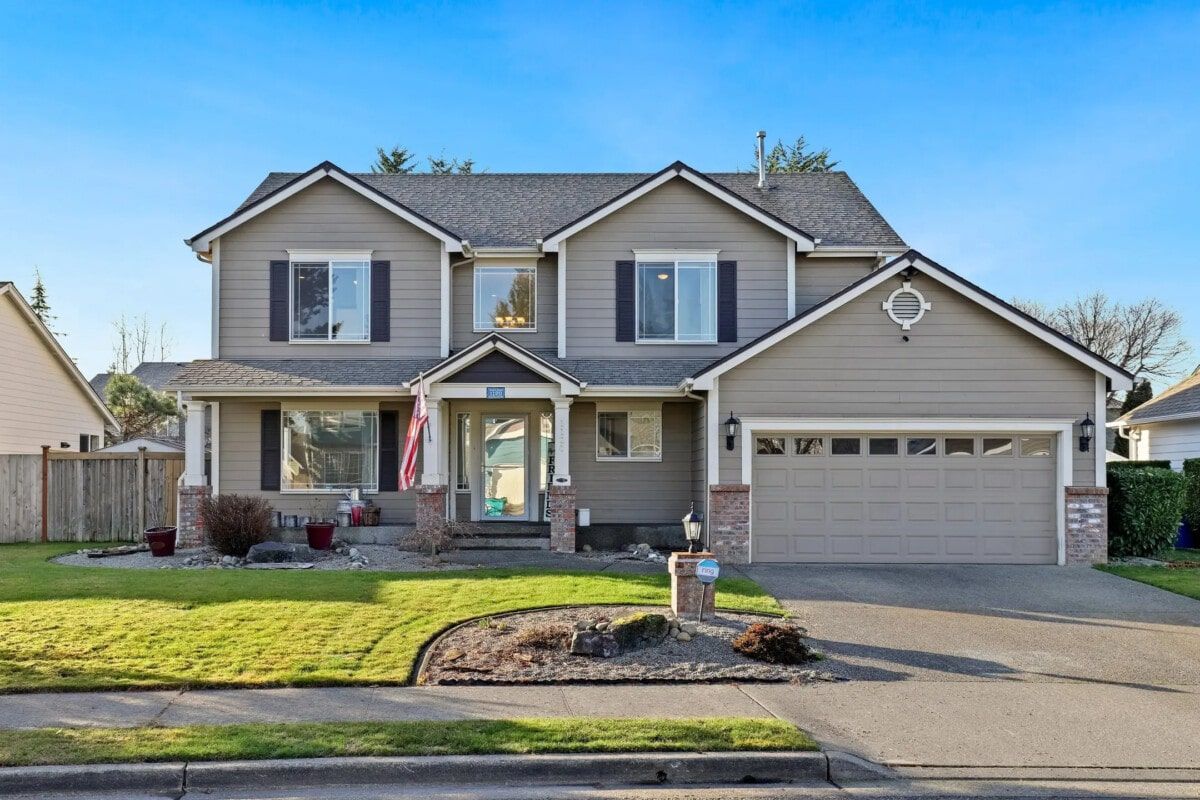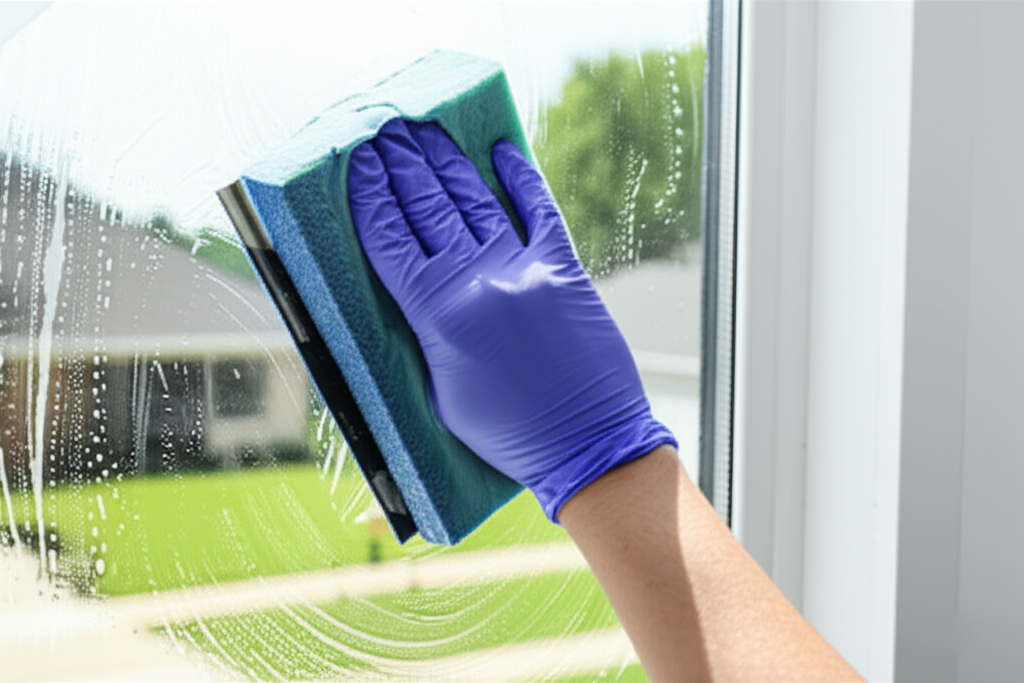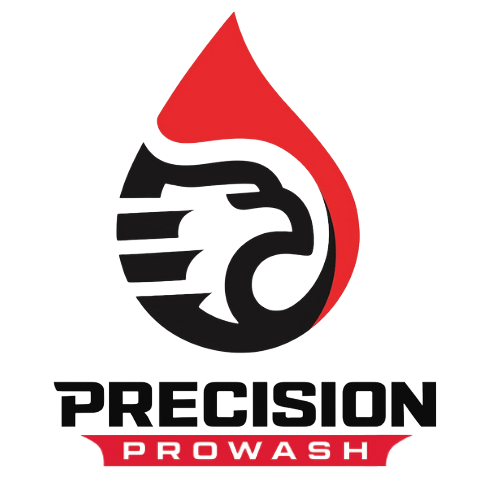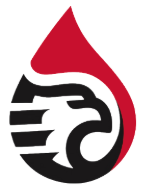The Dangers of Moss & Algae Growth on Your Roof (And How to Prevent It!)
February 1, 2025
Why Moss and Algae Growth Is a Problem for Your Roof
If you’re a homeowner in Tacoma, Northeast Tacoma, Puyallup, Federal Way, or anywhere throughout the South Sound, you’ve likely seen moss or algae creeping across rooftops in your neighborhood. While it might seem like just a cosmetic issue, moss growth can lead to serious structural damage, costly repairs, and even increased energy bills if left untreated.
Moss grows in dense, damp mats that trap moisture against your shingles. Over time, this moisture weakens the protective granules, leading to lifted, cracked, or curling shingles. This can dramatically shorten your roof's lifespan, causing you to replace it years sooner than expected. That trapped moisture can eventually seep underneath the roofing material, damaging the underlayment and leading to interior leaks. Left unaddressed, this moisture can spread into your attic and cause mold, mildew, and insulation damage. What appears as dark streaks on your roof is usually a form of airborne algae known as Gloeocapsa magma.
These stains not only look bad but also absorb heat, increasing your home's cooling costs and accelerating roof degradation. Moss and algae-covered roofs absorb more heat. This puts added strain on your home’s HVAC system, especially during hot summers in Tacoma, Gig Harbor, and Lakewood, leading to increased utility costs.
How To Prevent Moss and Algae on Your Roof
First, Trim Trees and Overhanging Branches. Keep your roof exposed to sunlight to prevent damp conditions that promote moss growth. Second, Clean Your Gutters Regularly. Clogged gutters lead to roof runoff issues and stagnant moisture, perfect conditions for moss. Third, Use Zinc or Copper Strips. These metals naturally inhibit moss and algae when rainwater washes over them. Fourth, Install Algae-Resistant Shingles. During roof replacements, consider shingles that include copper granules. And lastly, Schedule Annual Roof Inspections. Catch issues early with a professional soft wash service and inspection.
While pressure washing might seem like a quick fix, it can strip away protective granules and damage your shingles. That’s why we recommend soft washing, a low-pressure, high-effectiveness method that gently eliminates moss, algae, mold, and bacteria without harming your roof. At Precision Pro Wash, we proudly serve homeowners from Fife, Fircrest, and Milton, to Issaquah, Bellevue, Olympia, Silverdale, and beyond. Our expert team uses eco-friendly, biodegradable cleaning agents and always puts safety first.
Our moss treatment services are trusted by homeowners because we use safe and non-damaging soft wash techniques, Offer affordable roof cleaning packages, Are background-checked and highly trained, Provide long-lasting protection and results.
Moss and algae may seem like minor nuisances, but their impact on your roof can be significant. By understanding the dangers and implementing preventive measures, you can protect your home and extend the life of your roof.
Protect your investment and ensure the longevity of your roof by opting for professional soft washing services.





